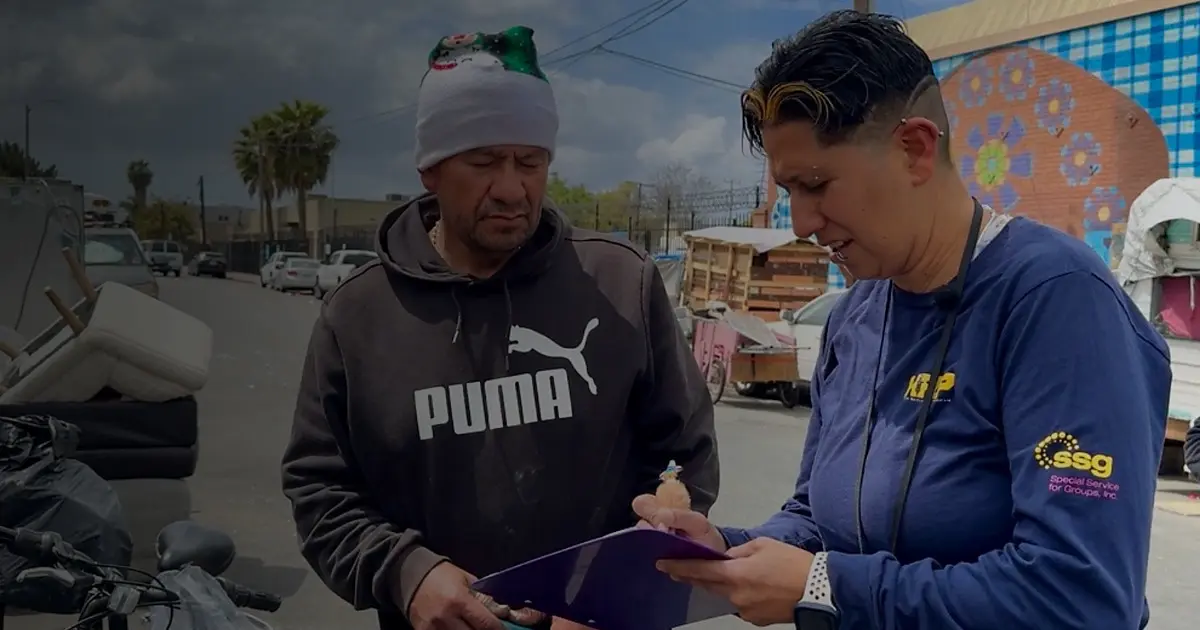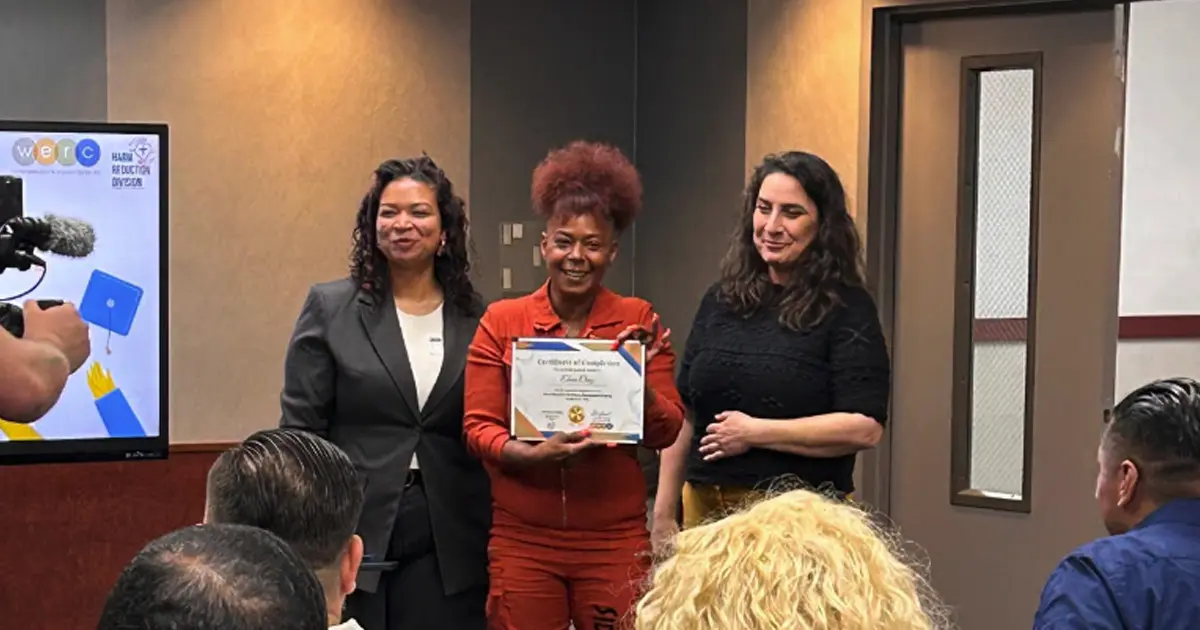LOS ANGELES — For the first time, California is reporting a decline in overdose deaths tied to synthetic opioids, according to state health data through June 2024. Officials say the drop marks real progress and credit harm reduction programs for playing a critical role.
Los Angeles-native Rebeca Orellana began cooking professionally at 16 — and said the job exposed her early on to drugs and alcohol.
“Cooking for artists and a lot of high-profile clients, you’re kind of surrounded by those substances and alcohol,” she said. “It wasn’t easy for me to stay clean and sober.”
After leaving the food industry, Orellana has now been clean from crack for 19 years, although she still struggles with alcohol.
Today, she leads the Harm Reduction Drop-In Center at HOPICS in South LA. There, she not only prepares meals but also provides harm reduction services — a strategy that meets people where they are, without judgment, to reduce the risks associated with drug use.
Her goal, she said, is to “ultimately make somebody feel vulnerable enough to feel safe to open up and to establish that foundation of hope and trust.”
Orellana and her team also do outreach, handing out fentanyl test strips, clean syringes, wound care supplies — and naloxone, the overdose-reversing medication commonly known as Narcan.
Gov. Gavin Newsom recently announced the state will make Narcan more accessible, cutting the price of twin-packs to $24 — half the retail cost.
LA County said it has distributed more than 400,000 kits of naloxone and 65,000 fentanyl test strips in the last three years. Those efforts have helped reverse more than 30,000 overdoses.
Ian Flagg, program manager in the Harm Reduction Division of the Department of Health Services, noted that harm reduction is often misunderstood — but can be the first step toward recovery.
“Harm reduction not only reduces the transmission of infections through decreasing, decreasing supply sharing, but by providing clean supplies to individuals,” Flagg said. “But we also provide safe structures and supportive structures like this drop-in center we see here where participants can come in, it’s often the first step in the continuum of care to get treatment.”
For Orellana, the work is personal.
“It feels fulfilling that I’m able to help somebody in return with the same kind of harm reduction that helped me get clean,” she said.
It’s a full-circle moment — and a sign of hope — as California builds on this momentum to protect more lives.
—
Read the full article with video here: https://spectrumnews1.com/ca/southern-california/news/2025/04/30/opioid-fentanyl-harm-reduction-health?cid=id-app15_m-share_s-web_cmp-app_launch_august2020_c-producer_posts_po-organic

